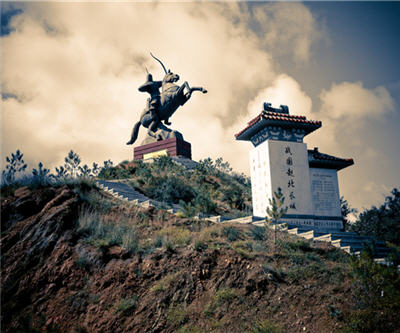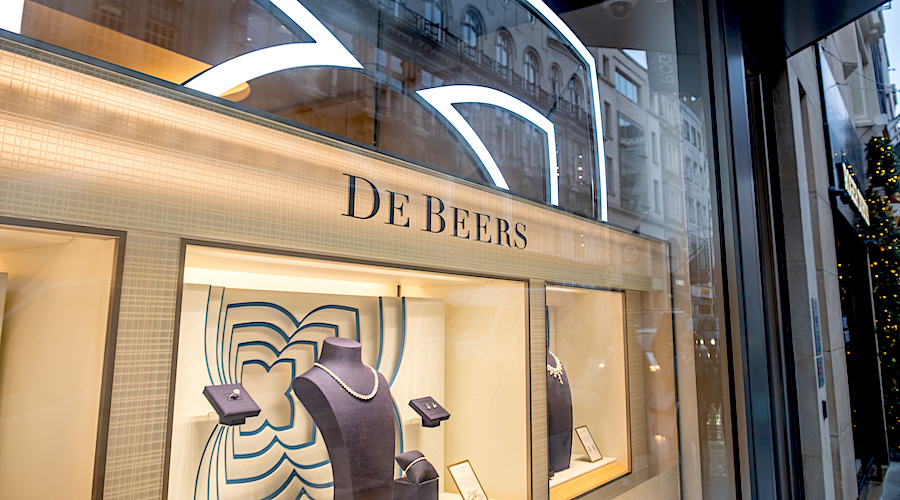China’s rare earth industry expands but problems persists

China’s rare earth industry – responsible for almost 90% of global output – suffered a sharp drop in profits last year despite modest revenue growth reports Xinhua.
Industry revenue was close to $12.6 billion (77 billion yuan) last year, up nearly 8%, but profits slumped 28% to less than $1.3 billion, as prices for the elements a variety of industries including green technology, defence systems and consumer electronics, continued to fall, according to China’s Ministry of Information and Technology.
China has been cracking down on the industry for years to curb illegal mining, smuggling and environmental devastation, but progress has been slow.
Despite imposing export quotas, shutting down small mines and forcing industry mergers, China’s rare earth landscape remains fragmented and suffers from a lack of global competitiveness due to weak research and development.
The industry is being consolidated under three major producers Inner Mongolia Baotou Iron & Steel (Group) Co, China Minmetals Corporation and the Aluminum Corporation of China.
China did not always enjoy a virtual monopoly on REE production. The majority of the 17 rare earth elements were sourced from placer deposits in India and Brazil in the late 1940s.
During the 1950s, South Africa mined the majority of the world’s REEs from large veins of rare earth-bearing monazite.
From the 1960s to 1980s, rare earths were supplied mainly from the US, mostly from the massive Mountain Pass mine in California, which was eventually mothballed in 2002.
China then took over the industry completely, producing more than 95% of the world’s REEs and also becoming the top consumer ahead of Japan and South Korea. The industry is centered in Inner Mongolia where number one producer Baotou mines REEs as a byproduct at its giant iron ore operation and Jiangxi province.
Worries about China’s monopoly of production sent prices for all rare earths into the stratosphere from 2008 onwards with some REEs going up in price twenty-fold or more.
That reignited interest in the sector with dozens of explorers active around the globe making major discoveries from Canada and Greenland to Madagascar and Malawi.
Canada’s rare earth industry’s stated goal is to corner 20% of the global rare earth market by 2018.
Molycorp’s (NYSE:MCP) Mountain Pass is targeting production of 40,000 tonnes of mostly light REEs and Lynas Corp’s (ASX:LYC) Mount Weld mine in Australia and plant in Malaysia opened last year.
Prices have now come back down to earth with most REEs dropping in price by 70% or more after peaking in 2011.
For instance, the most abundant and cheapest of these, cerium oxide which is used to polish TV screens and lenses is now trading at $5.50 from all-time highs of $118 in the September 2011. The price for cerium oxide was $4.56 in 2008.
The reversal in europium oxide – one of the priciest of the widely-used heavy REEs used in medical imaging and the nuclear and defence industries – has also been dramatic.
The price of europium increased more than 10-fold from $403 in 2009 to an average of $4,900 in the third quarter of 2011.
It is now worth $950 a kilogram in the export market, while Chinese domestic europium is another $280 cheaper at $670/kg.
Image of shrine in Baotou City by Matthew Stinson.
More News
Anglo starts talks with banks on possible De Beers IPO
Anglo is pursuing a dual-track process in its effort to exit De Beers by trying to find a buyer for the struggling business.
March 28, 2025 | 12:19 pm
PDAC JV video: Golden Pursuit preps for discovery at sub-Arctic Gordon Lake, CEO says
A program to scan archived core using AI and expand geophysical surveys on the Wooferine-Lynk Zones is set to start soon.
March 28, 2025 | 11:35 am
{{ commodity.name }}
{{ post.title }}
{{ post.excerpt }}
{{ post.date }}



Comments